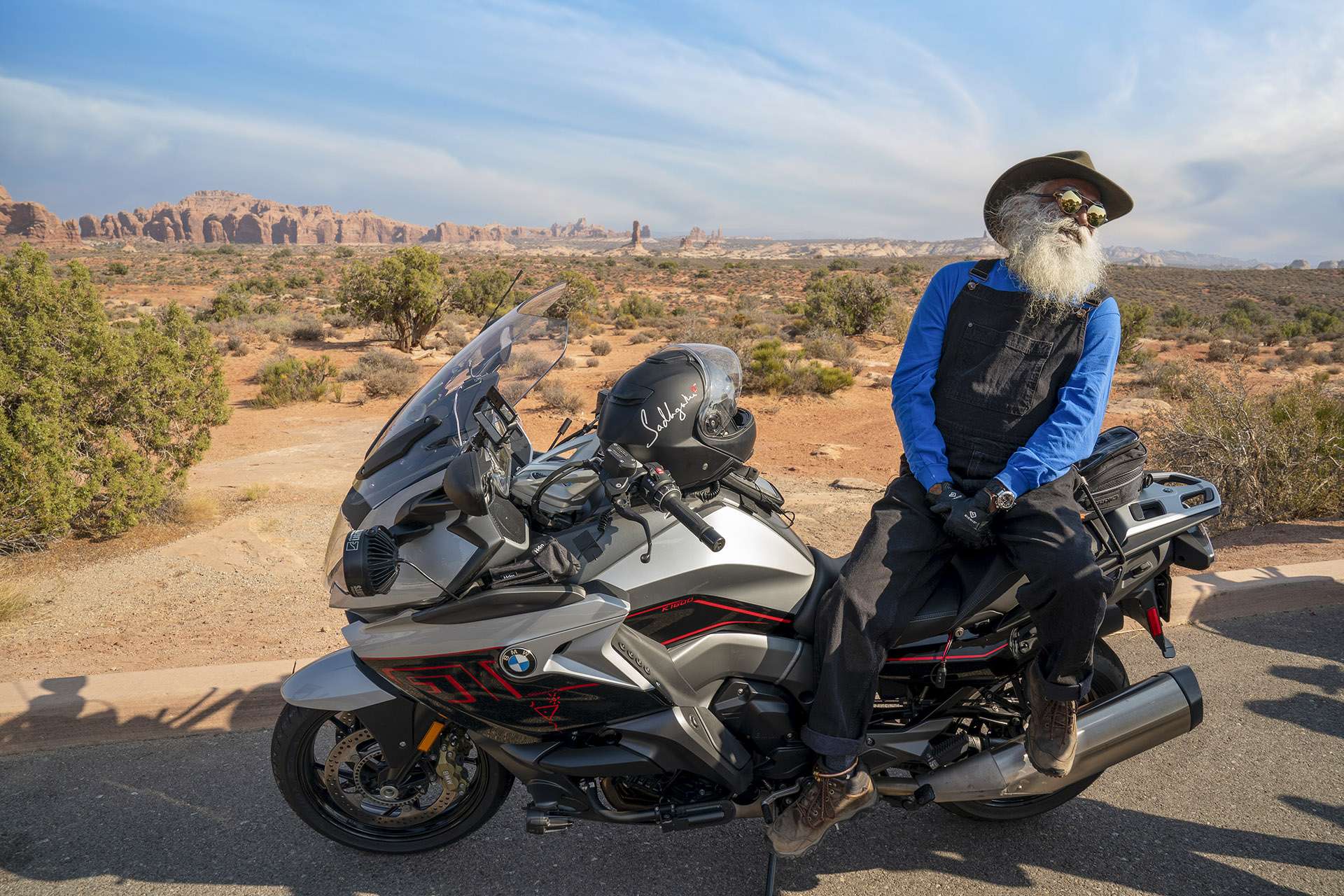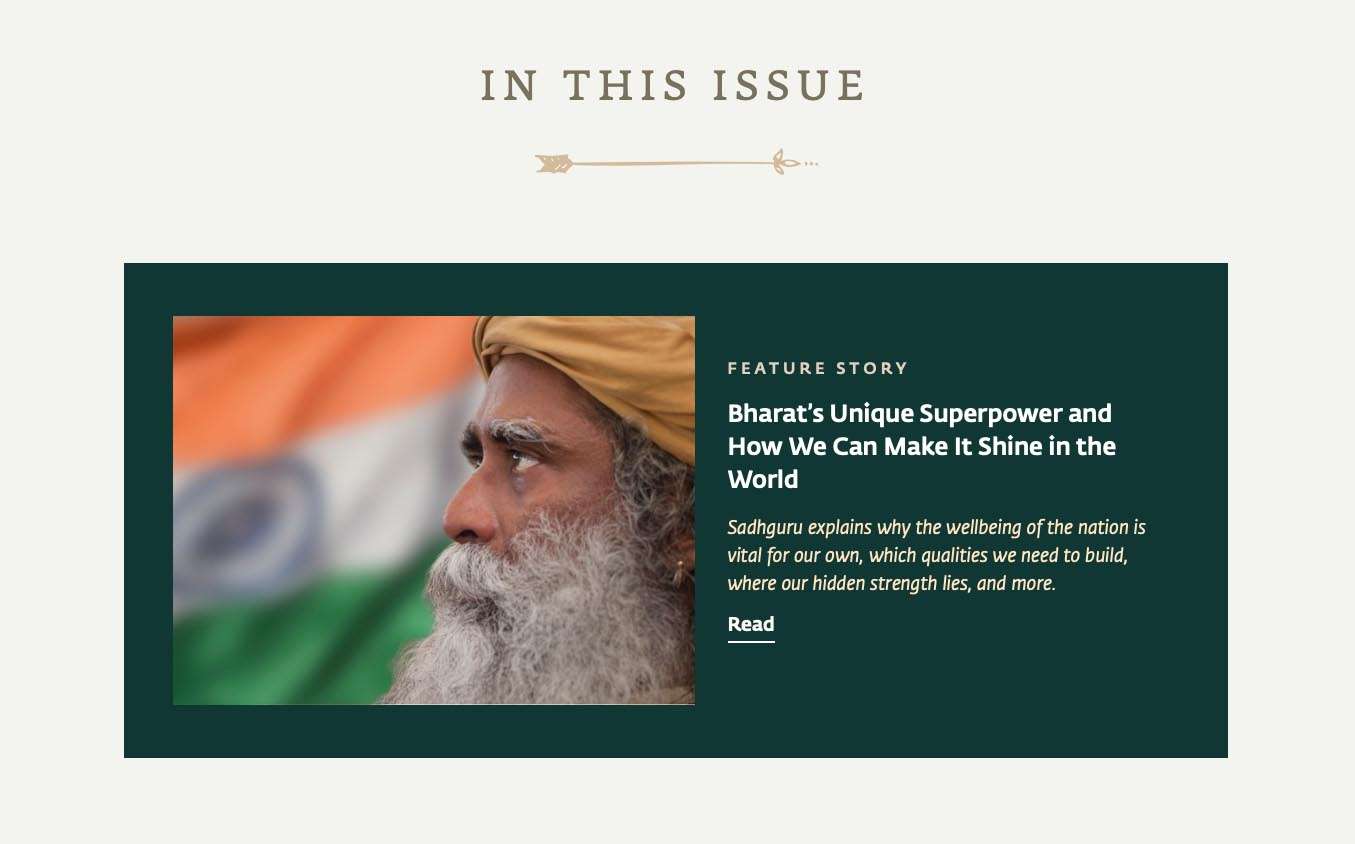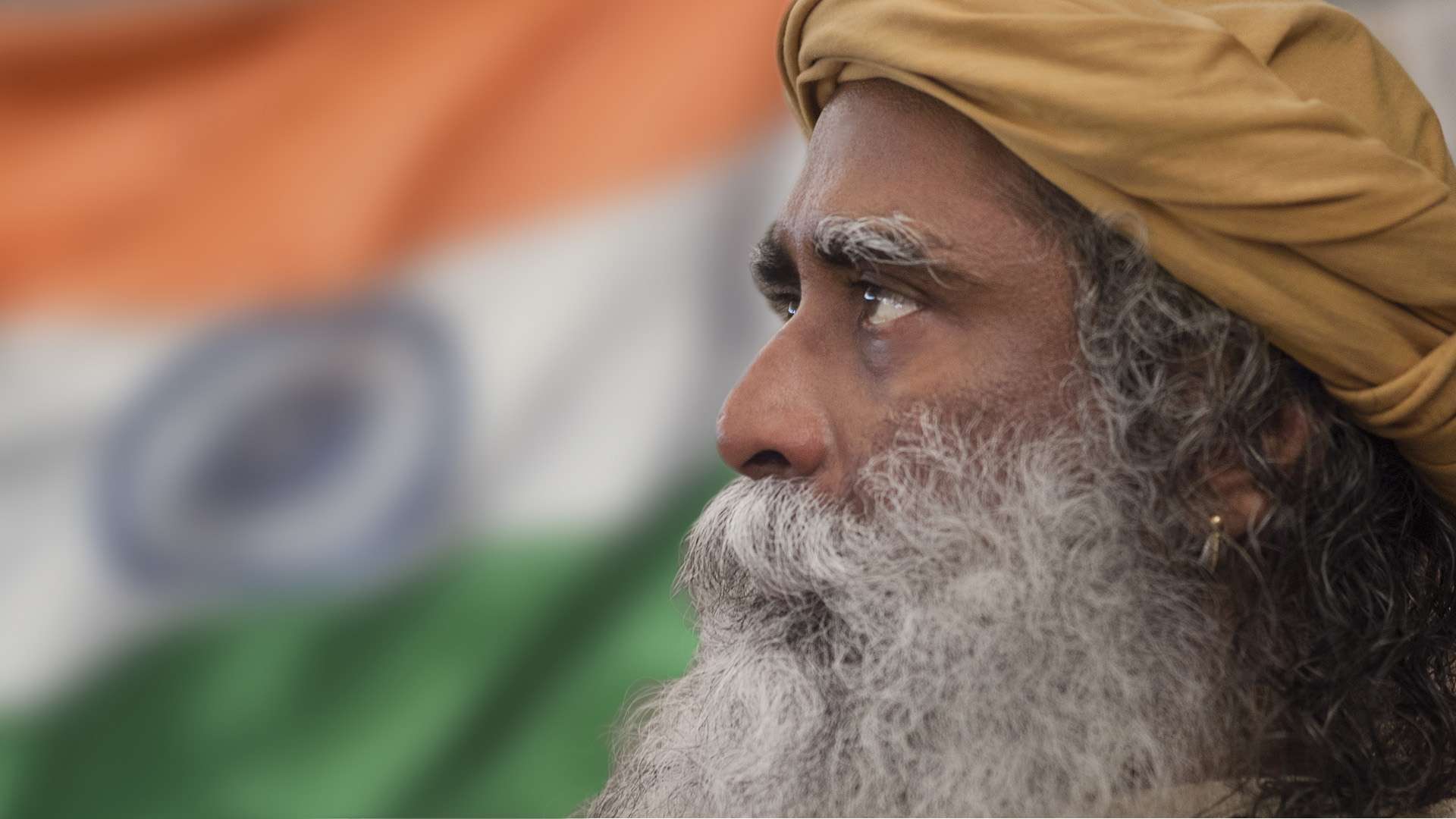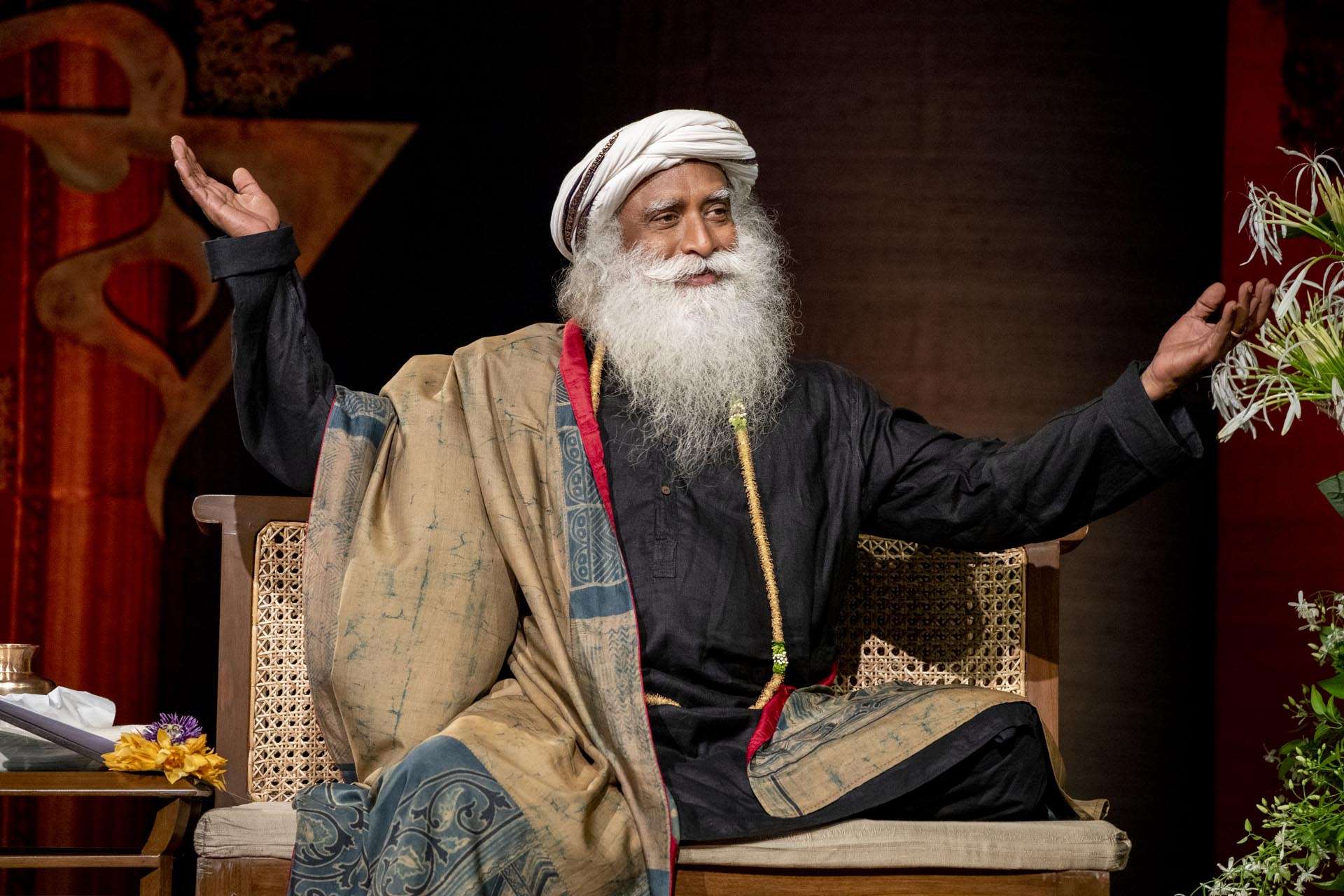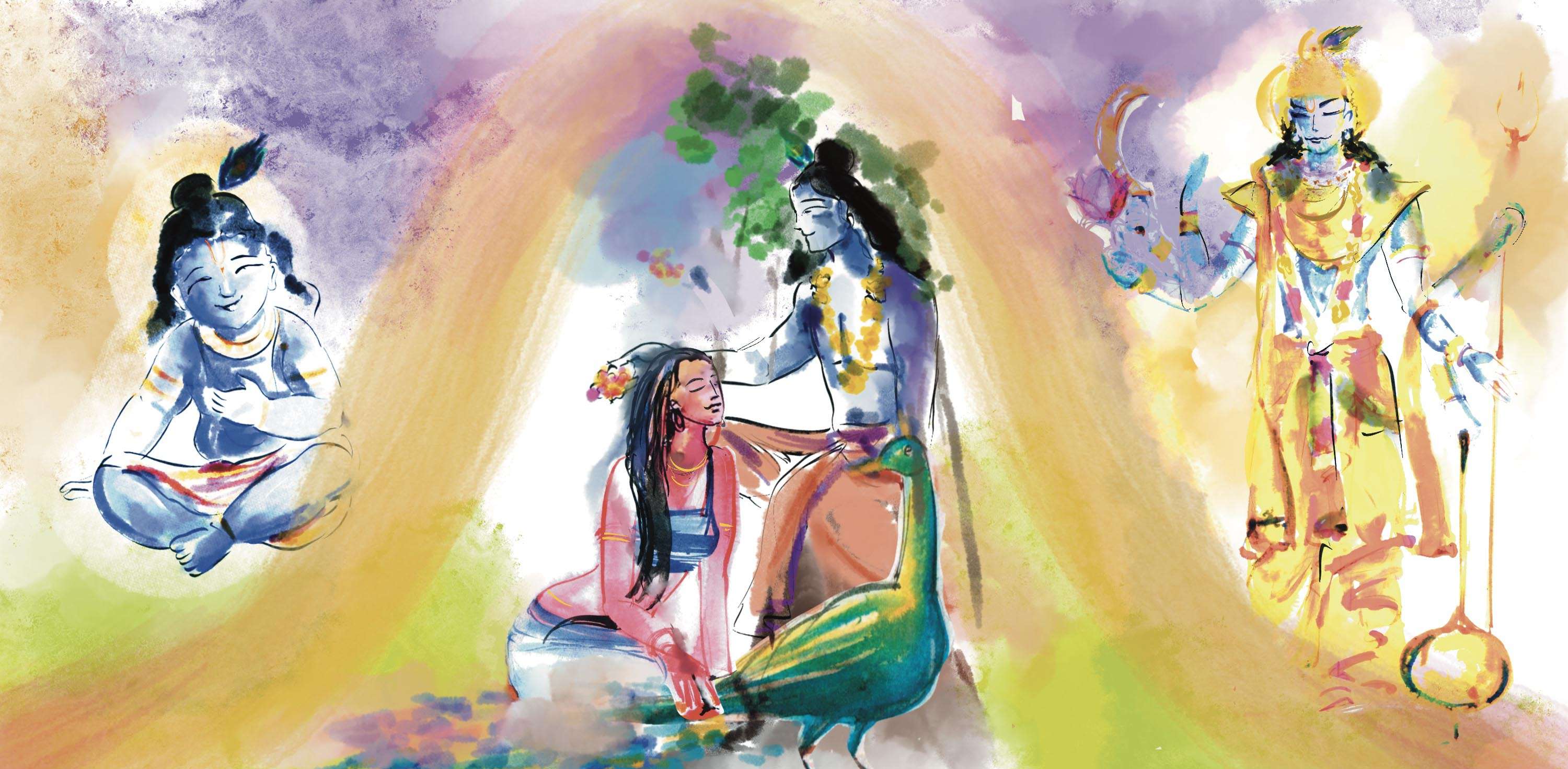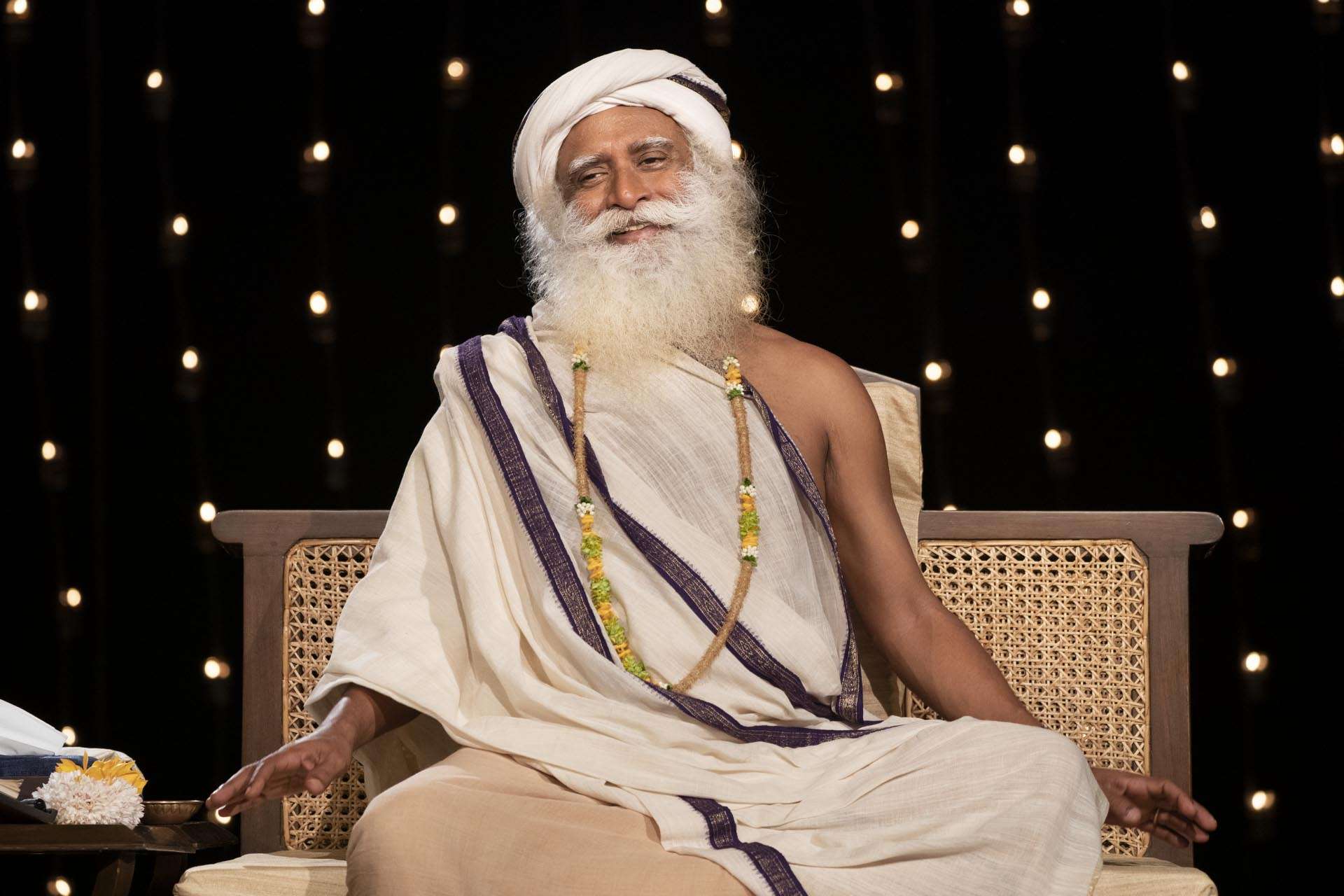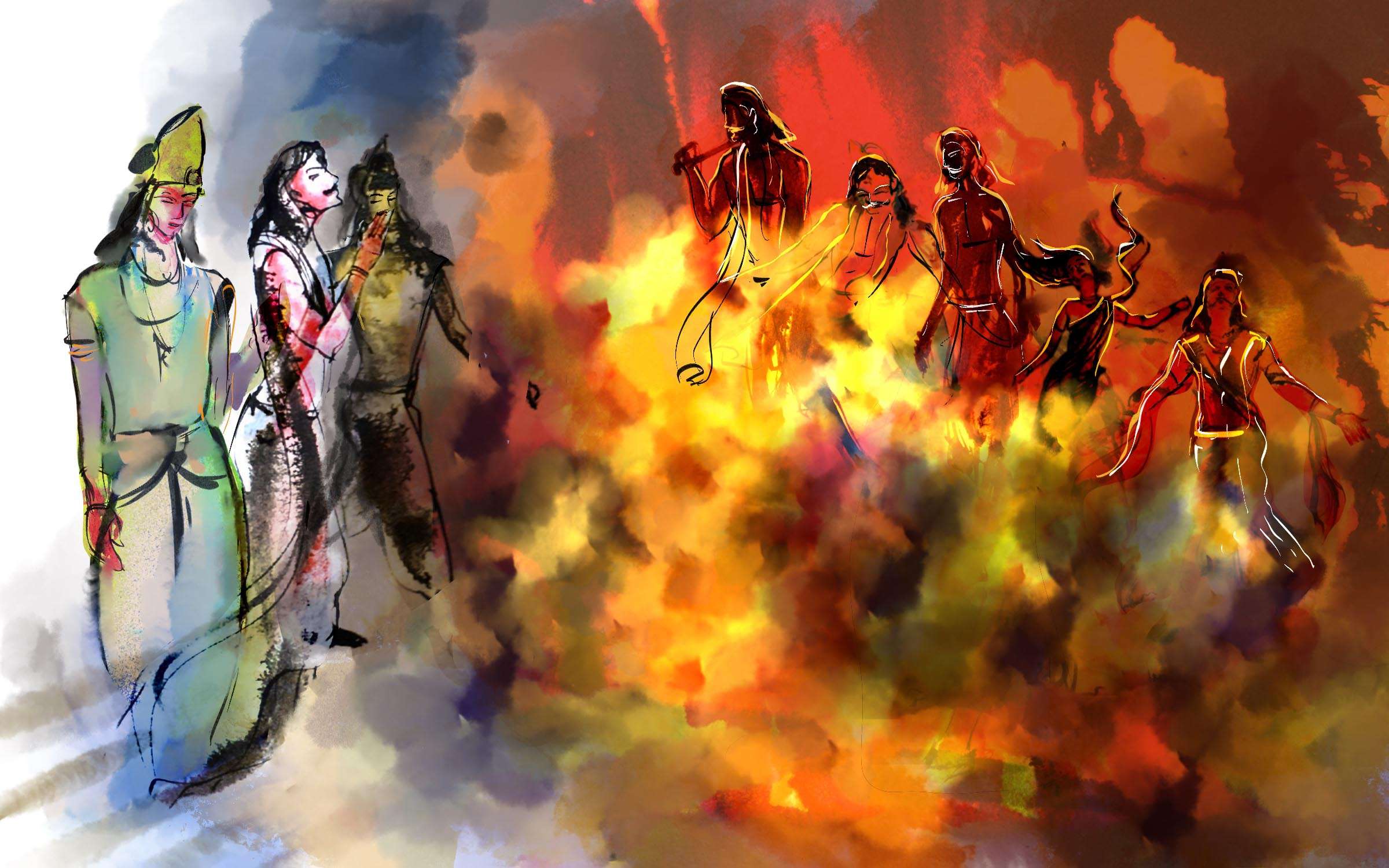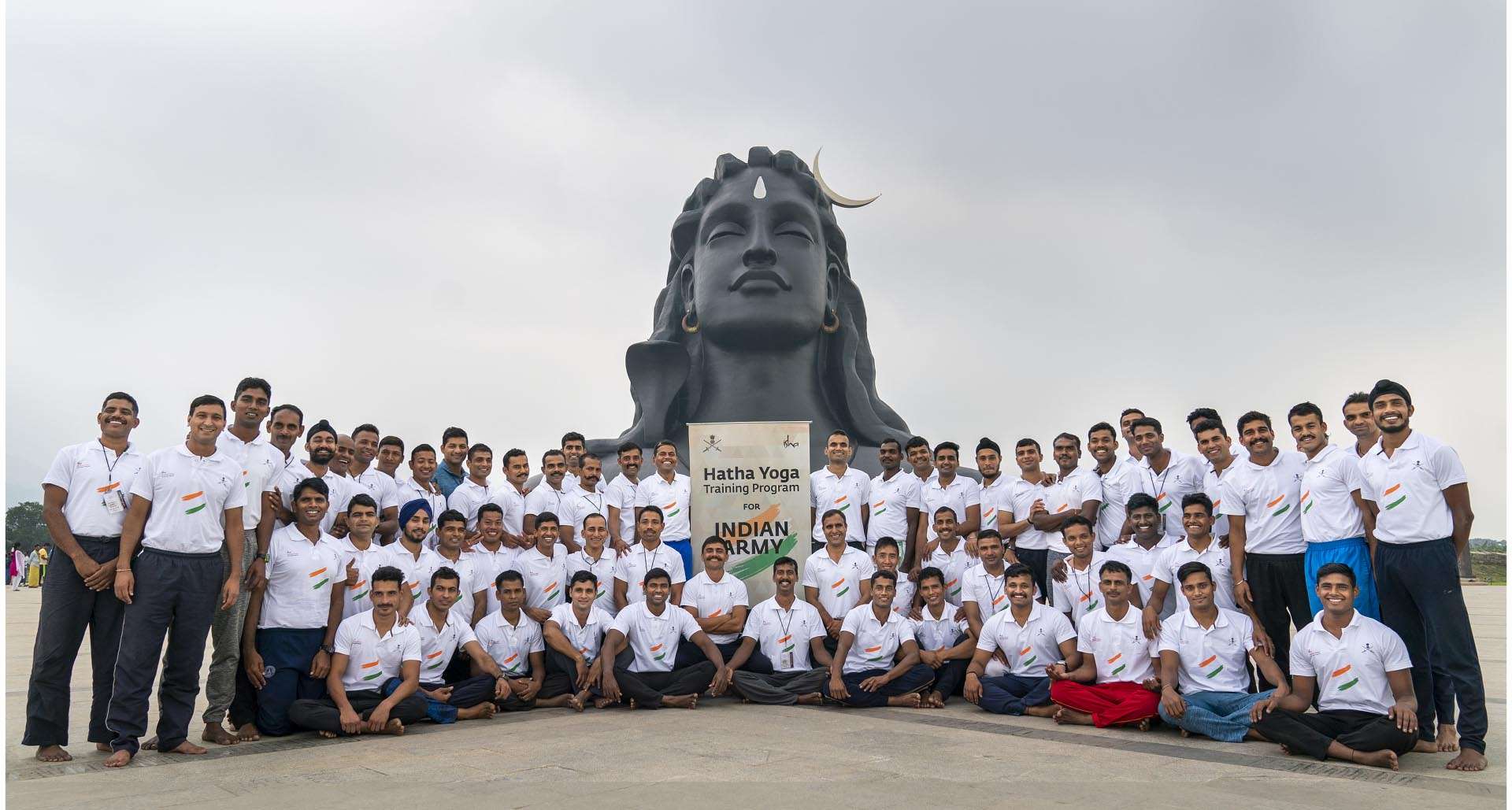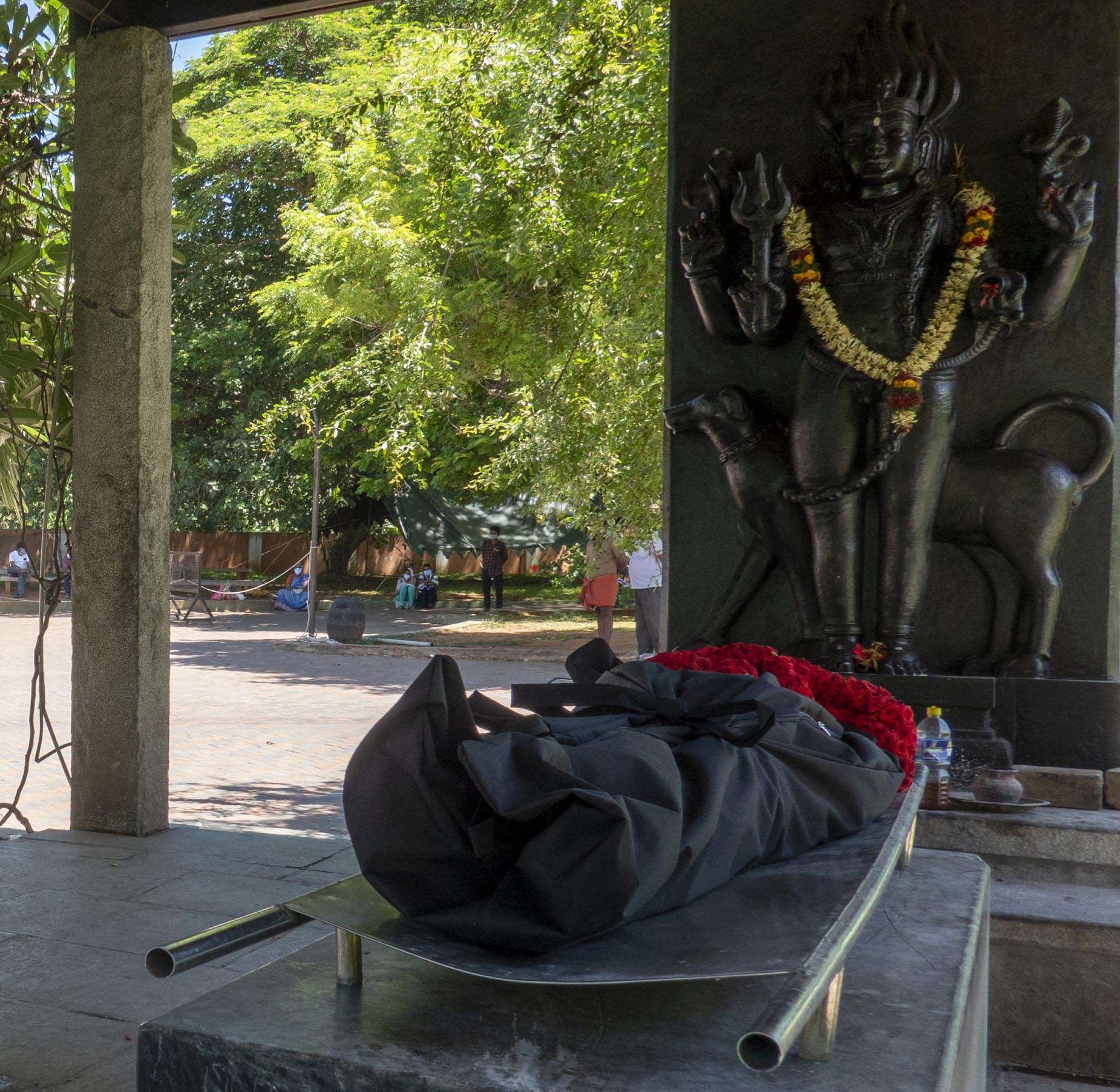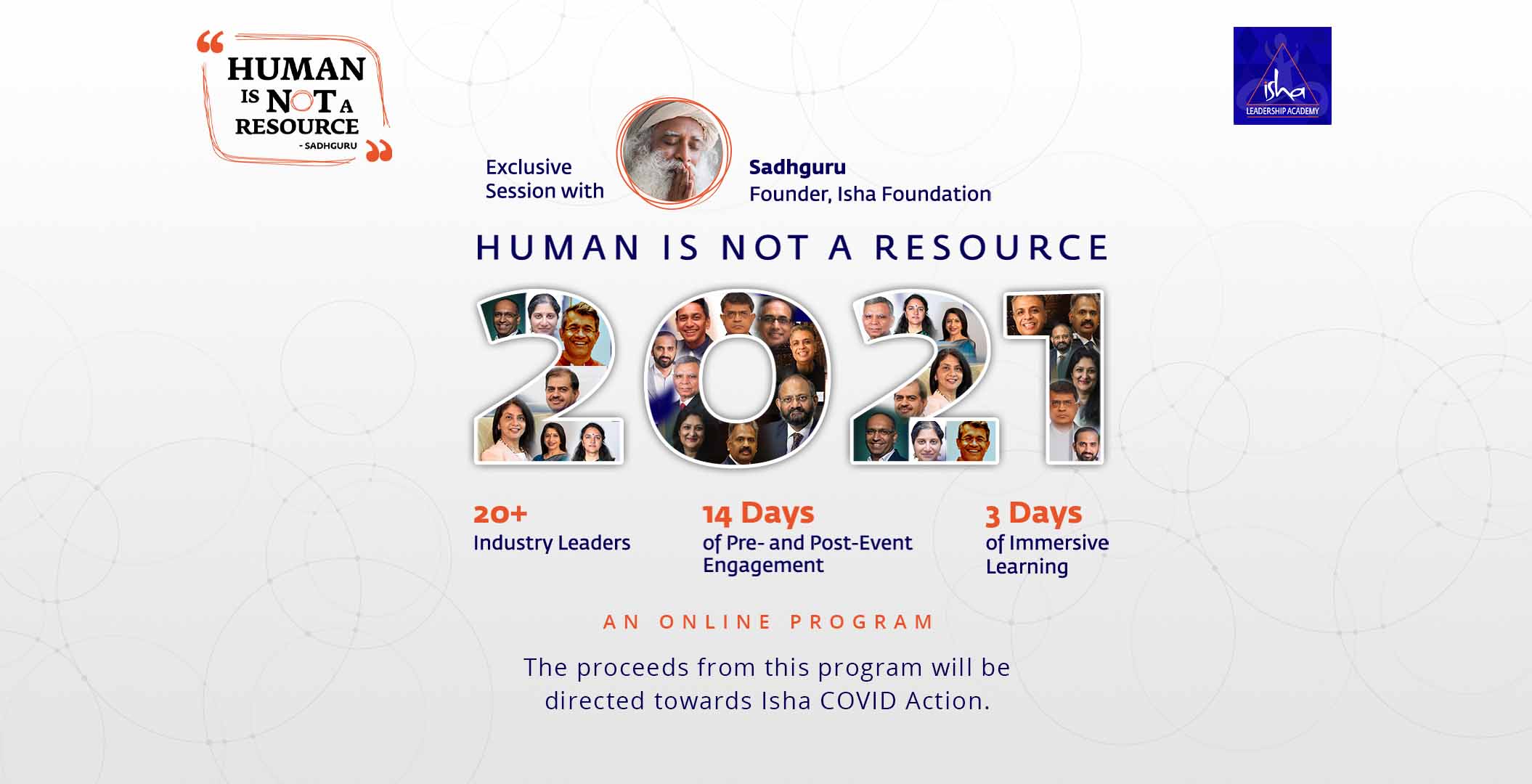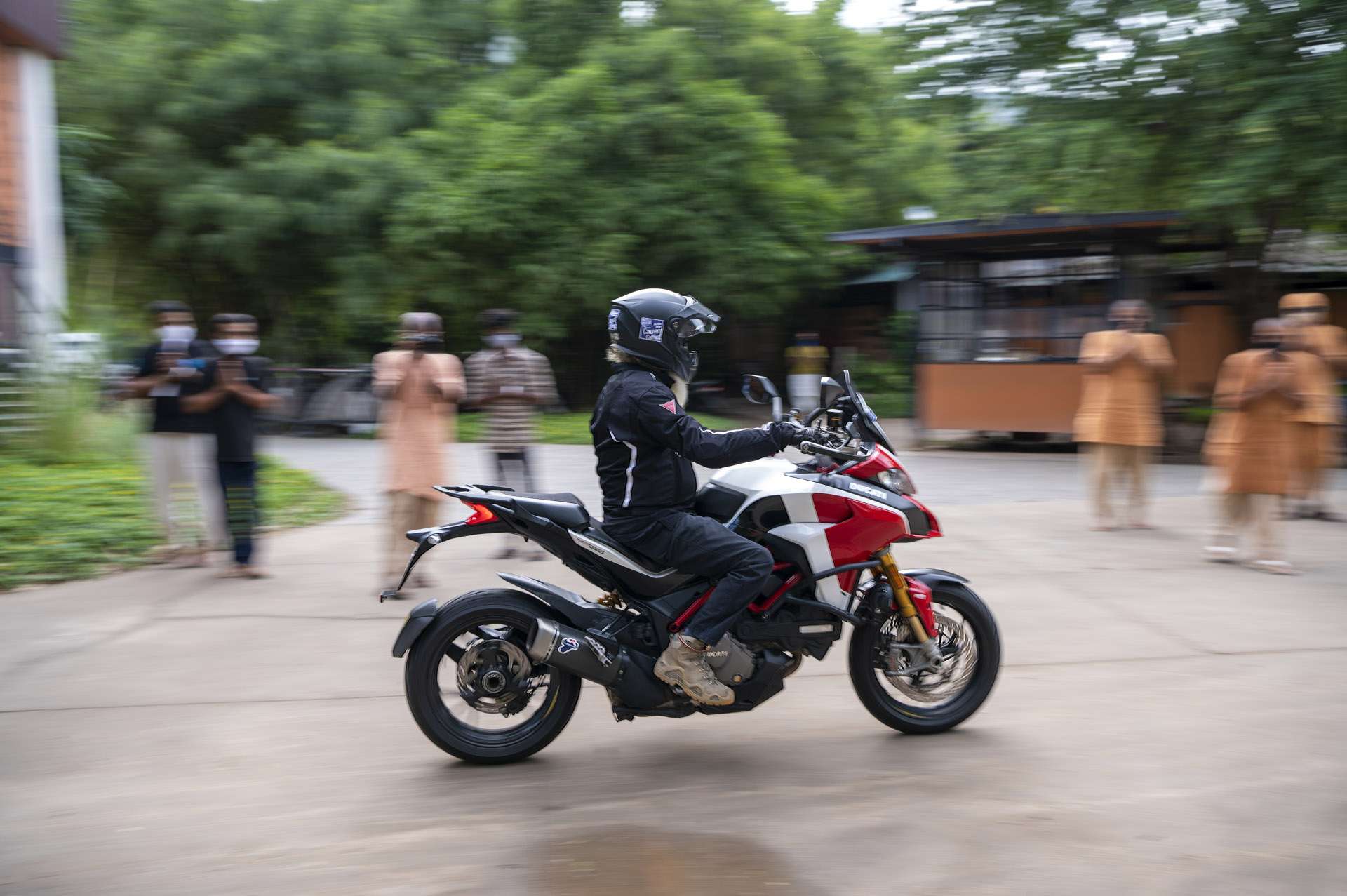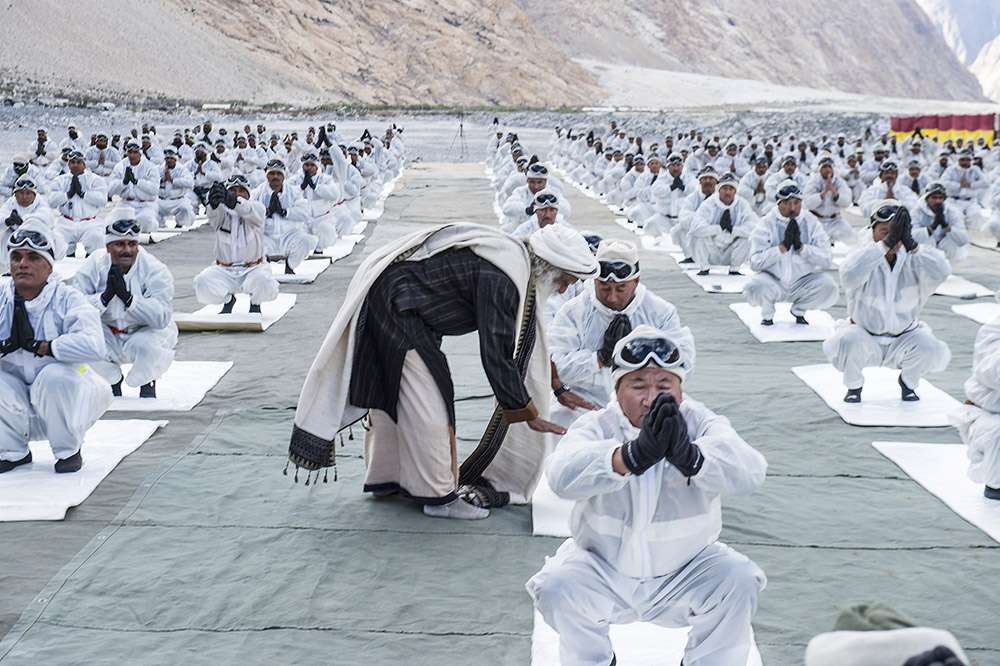
What’s Sadhguru’s guidance?
Sadhguru says, “I feel those who live for the nation, those who are willing to die for the nation, must get the maximum empowerment that can happen. The first tools that we have in our hands are our own body, our own mind, our own energy. There is an entire system of Yoga to develop one’s body, one’s mind, and, above all, keep one’s energy and spirit at the highest possible level. And I feel every soldier who serves this country must benefit from that.”
Coordinator for programs for the armed and paramilitary forces from the Isha Hatha Yoga School, Sumit Mathur, shares, “Sadhguru’s guidance was simple – just take Angamardana to the forces! The physical training that is part of their regimen will give them strength; adding Yoga will compliment it with agility and equanimity. In one of the ‘In Conversation with the Mystic’ events with the Border Security Force (BSF), an officer asked: ‘Does a soldier not need to be angry and aggressive to fight the enemy and defend the frontiers?’ Sadhguru responded that an angry soldier can never shoot straight – only an equanimous one can.”
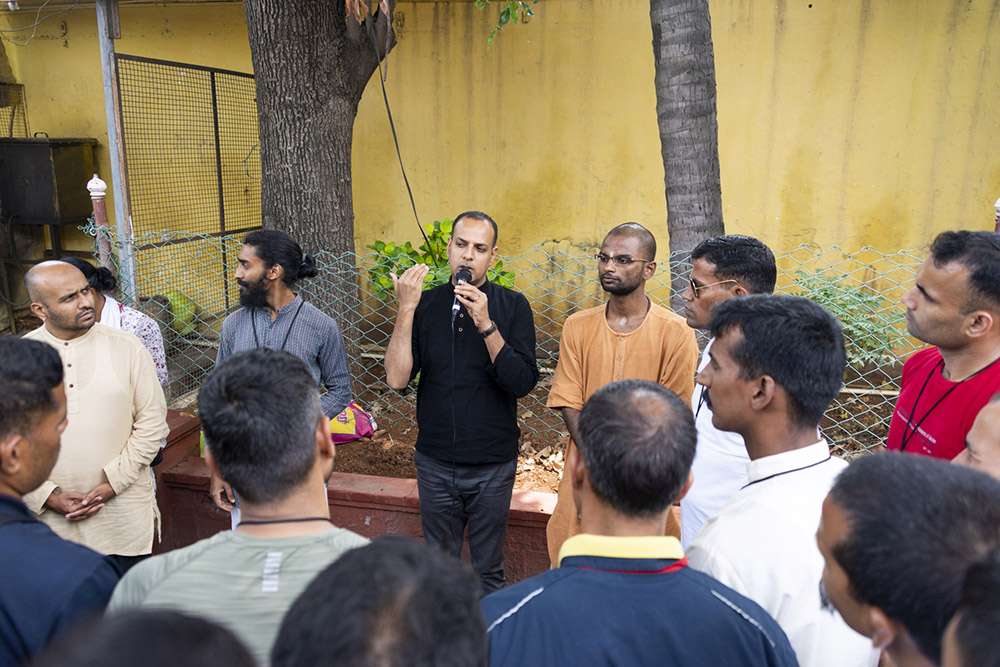
How did Isha’s team prepare for the events?
Preparing for the event was a hustle of activity that engaged many teams across departments. To make the programs accessible to all, the instructional material for Upa Yoga, Angamardana, and Surya Kriya had to be translated into Hindi. This included translating all the available content, collecting samples, and selecting appropriate people to do the voice overs, followed by hours of recording. Sounds of Isha lent a helping hand too as well with their studio and equipment for the recordings. Video Publications then did hours of painstaking edits to synchronize the video demos with the audio instructions. Once the final instructional video files were completed, another team from isha Hatha Yoga School, with the support of the IT team, made digital copies to be shared with those who qualified as trainers. Sumit expresses, “Being part of this, many times I would say to myself, ‘Ishanga, what an appropriate term for volunteers working seamlessly as body parts of an organism.’ Calling this teamwork would actually be an understatement.”
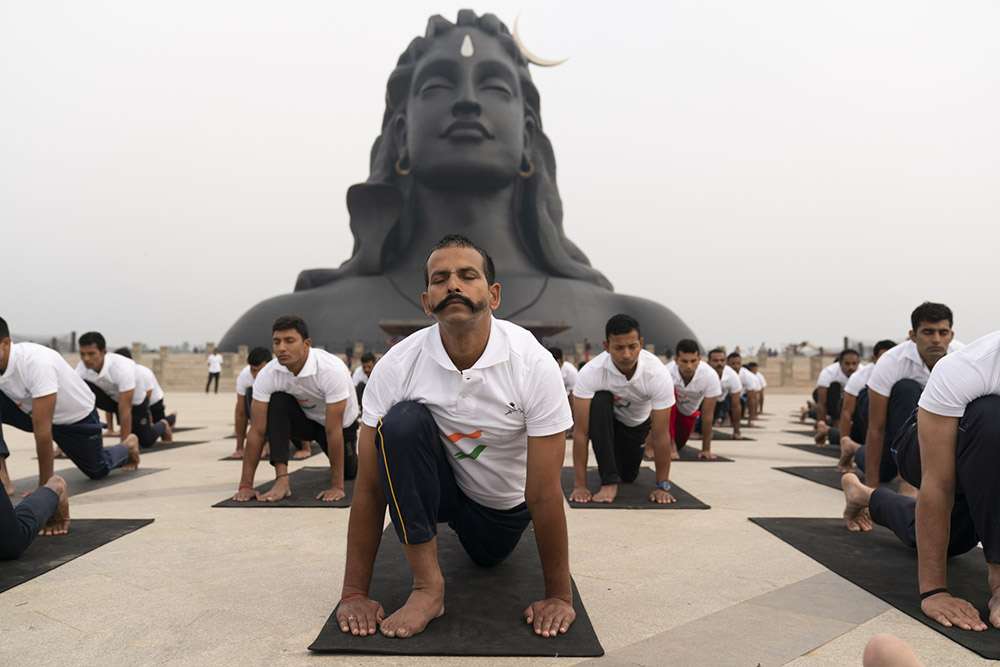
How did the participants respond to the offerings?
Bhupendra Mishra, Isha Hatha Yoga Teacher and part of the teams that conducted the Isha Hatha Yoga training for the Indian Army at the ashram, Angamardana programs for Central Industrial Security Force (CISF), and developed instructional video content, shares: “The participating soldiers were open, receptive, and keen in their observation. They imbibed things by observing how the class setup was done, how food was being served, how the teachers, volunteers, and residents conducted themselves, and so on.
“They were deeply touched and shared with us how everything was indicated to them as a suggestion in a gentle manner and not as some rule or imposition. The program was intense for them, as they had a schedule from 5:30 a.m. until 9:00 p.m. Some of them jokingly said, ‘It was easier to get through commando training than to go through this Yoga Program.’”
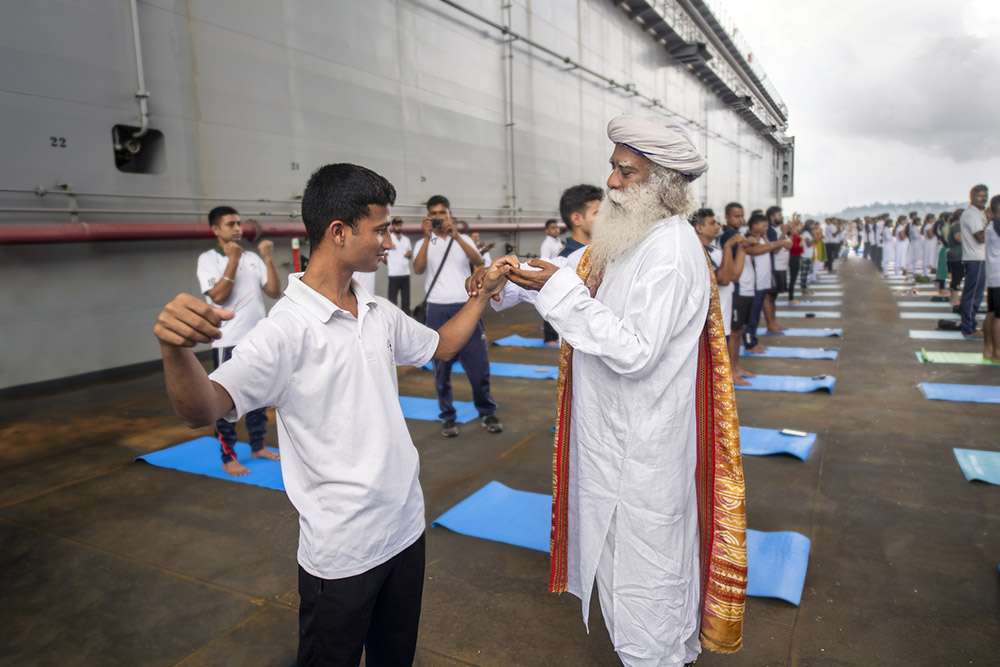
Vijay, another Isha Hatha Yoga Teacher and part of the team that conducted Angamardana for the CISF and the International Day of Yoga 2019 event at Port Blair, expresses his overwhelm at the dedication of the personnel: “Their unconditional acceptance of an instruction is inspirational. These qualities have touched me at the core, and I am trying to emulate some of them. By the time we reached the end of the program, it was amazing to see that they could sit still for extended periods, becoming like devotees in the process.
“It’s unbelievable how, in the course of the program, the participants could sit still with their eyes closed when they were meditating, which seemed almost impossible on Day 1. Witnessing this transformation at the end of each program, I was in tears to see how, with sheer commitment to the process, they imbibed what we had to offer. Their intensity in doing any activity is unparalleled.”

Lt Colonel Vishal Hooda, Lead Instructor of Army Physical Training Corps (APTC) and Joint Secretary of Army Sports Control Board, shares his experience of the Hatha Yoga program at the ashram: “While physical fitness and mental robustness are synonymous with soldiering, these ancient practices opened up uncharted dimensions. The exuberant energy field of the Yoga Center, the serene disposition and indefatigable tutelage of the teachers, along with the sprightly ambience rendered by amiable volunteers, accentuated the profundity of the experience. When we returned to our profession after the program, we appeared the same on the surface, yet so much had changed underneath.
“There were fundamental changes in the way we approached different aspects of life. It’s been almost three years since, but the experiential dimension continues to sink deeper with every practice. Intense without being tense, involved but not entangled – such aphorisms are unfolding into our living experience.”
Lt Colonel Hooda says about learning Angamardana: “It was like Sanjeevini for us because we’ve frequently seen that as soldiers age, and especially if they spend time in gruesome conditions, their fitness suffers to some extent. As practitioners of structured PT, we get this apprehension in our mind that here there’s no space to walk as we might have to sit in a bunker for four days at a stretch. The thought that comes to our mind is that we can’t even flex our muscles. But we can practice this in a very structured way in a 6x6 area.”
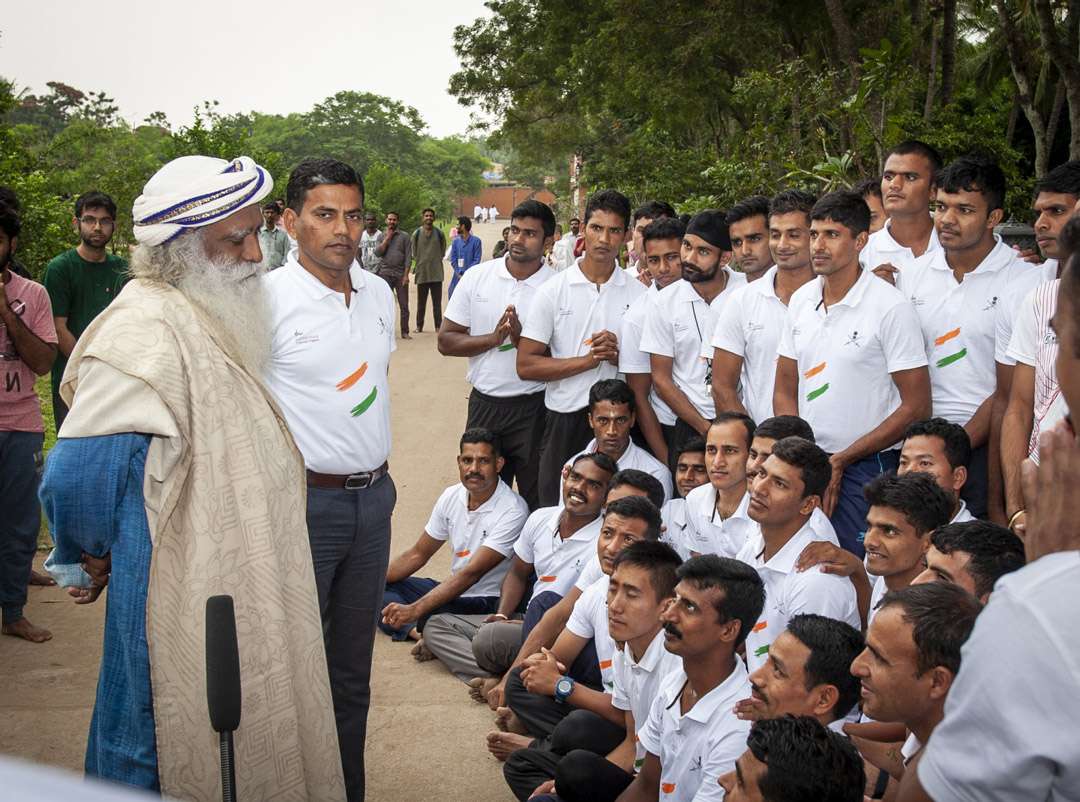
“I was amazed to notice that a large majority of the participants had a dormant spiritual quest, which found expression in the environs of the ashram,” Sumit observes. “Tough looking soldiers on the outside, these men and women have a completely different side to them. I realized that there is something in common between them and a spiritual seeker – intensity. Because their profession requires them to be at peak intensity to perform, this probably opens up the dimensions of devotion and expansion in them.”
Naik Ajay Singh from the Army Physical Training Corps speaks about his visit to the ashram, “The atmosphere here has a certain freshness and fragrance. You can feel it wherever you go. Fragrances are of many kinds, but this fragrance evokes a very different feeling in people’s hearts. This fragrance also has a certain calmness to it.”
“The soldiers were observing everything and everyone in the ashram,” Subodh Jathar, Hatha teacher and part of the team that conducted the Hatha Yoga training for the Army at the Isha Yoga Center, spiritedly recalls. “One day, a participant approached me and said, ‘In the forces, if we want to get something done, usually we have to use harsh language. Otherwise, they don’t listen. But here, I’m seeing that no one is shouting. In fact, everyone is speaking so politely, and still things are happening! How is it possible?’”
Hatha Yoga Teacher Vijay recalls one particular incident at one of the regimental training centers of the Army: “For some reason, the LED screen arrived late, and we had to go for another meeting. By the time we came back, the participants had installed the screen, and it was fully functional. When we inspected it, it appeared that we needed to reduce its height by a few inches. When we shared this input with them, without any questions, they dismantled the screen, changed the raiser and installed it again. This took them a few hours. We were left in tears.”
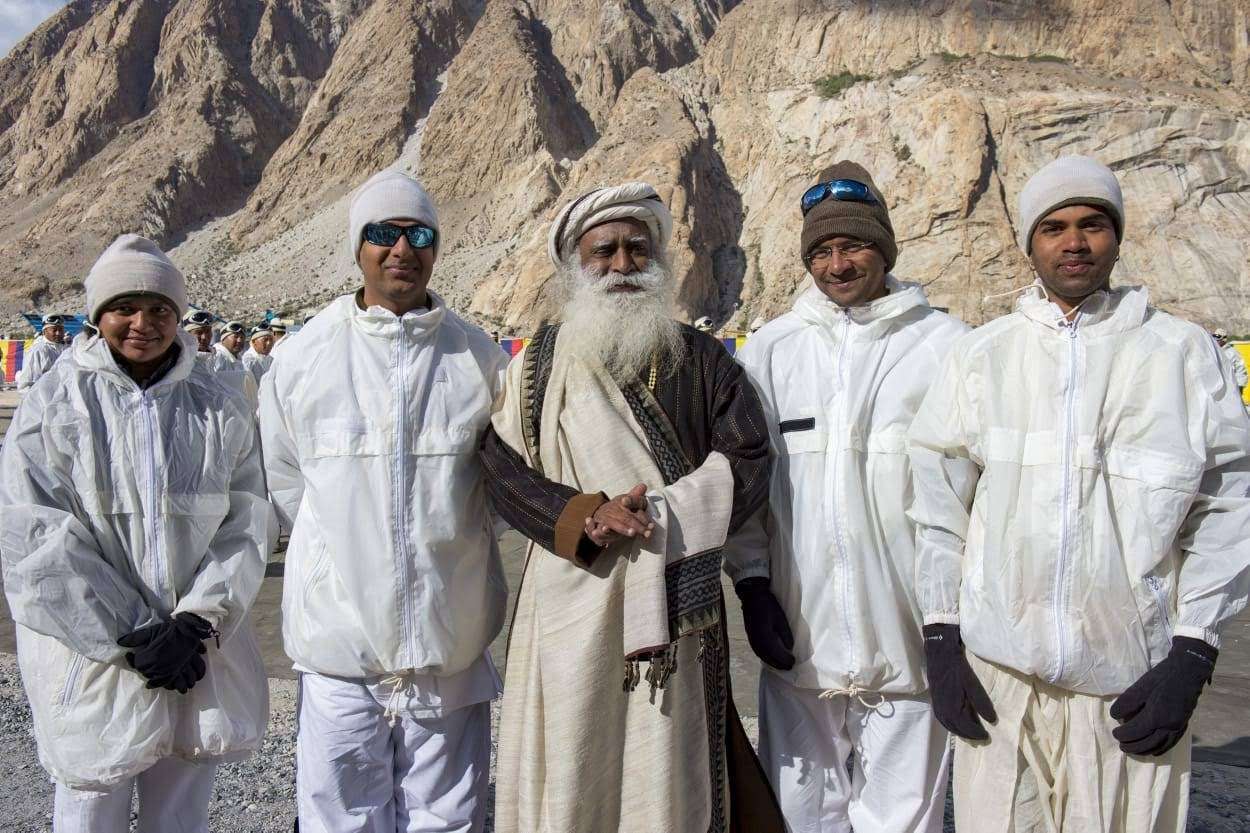
How has this initiative touched you personally?
Makarand Mode, another Isha Hatha Yoga Teacher, who supported the program at Daman for the Indian Coast Guard and was part of the Isha team that travelled to Port Blair, Andaman and Nicobar, for the International Day of Yoga 2019 event, reflects on what this initiative meant to him personally: “The Kargil conflict happened during my school days. My English teacher made the effort to explain about the war, the importance of safeguarding the nation, and how our soldiers put their life, family, and everything aside to keep the safety of the nation first. I remember many of us cried. Students and staff of our school collectively donated a sum to the Kargil relief fund, and that was such a proud moment for us. Since then, the connection has stayed alive.”
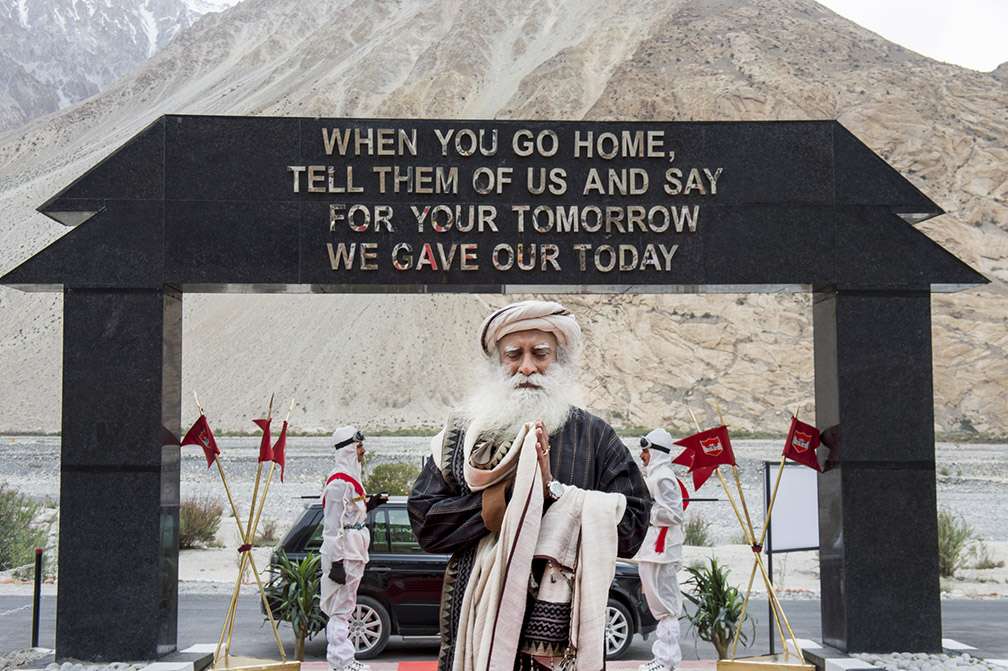
Hatha Yoga Teacher Subodh Jathar, part of the team that conducted IDY 2019 event at Siachen, recalls, “As part of this trip, we got the opportunity to visit some memorial centers that showcase the relentless bravery of the soldiers. When I was observing everything in detail, I felt a pain deep inside. Before that, I thought I knew what a difficult life our soldiers lived to protect the nation.
“But as I was witnessing everything first hand, interacting with them, reading the letters by parents to their martyred sons, or a letter written by a soldier just before his death, I got a glimpse of the ground reality in which they live. I felt every Indian must visit these places. As we were exiting the place, I saw the lines on the door: ‘When you go home, tell them of us and say, for your tomorrow, we gave our today.’”
